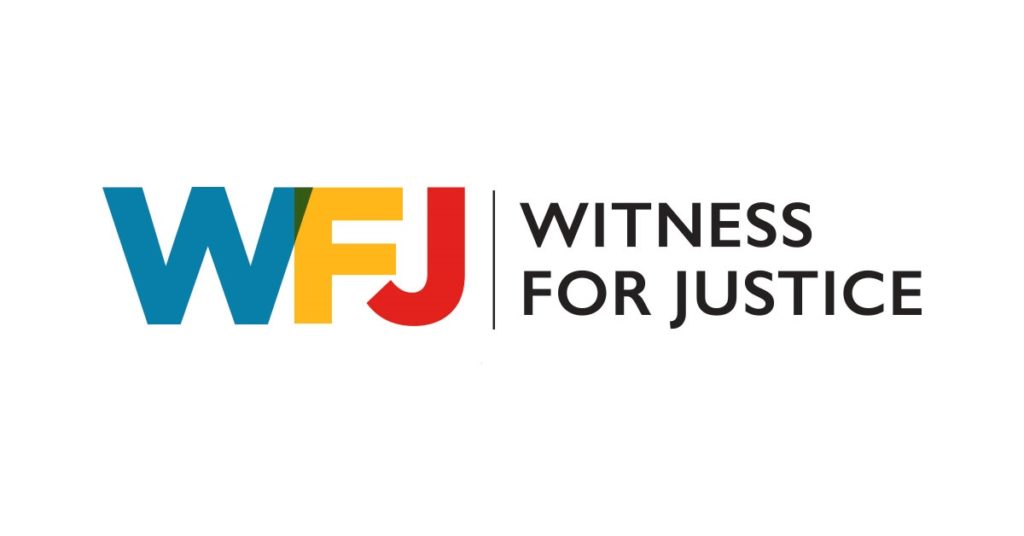Commentary: Supporting our Schools
 On September 11, the national staff of the United Church of Christ participated in a day of community service. Several of us went to Shoes and Clothes for Kids (SC4K), whose mission is to improve K-8 attendance by eliminating barriers due to lack of clothing, shoes, and school supplies. It is an exceptional charity, tucked into a well-worn old industrial building not far from where my own child attends school, supported by various grants and corporate sponsorships.
On September 11, the national staff of the United Church of Christ participated in a day of community service. Several of us went to Shoes and Clothes for Kids (SC4K), whose mission is to improve K-8 attendance by eliminating barriers due to lack of clothing, shoes, and school supplies. It is an exceptional charity, tucked into a well-worn old industrial building not far from where my own child attends school, supported by various grants and corporate sponsorships.
Shoes and Clothes for Kids partners with the Cleveland Municipal School District to identify high-poverty schools; the school administration identifies children in need of uniforms, shoes, and backpacks. Teachers at those schools can “shop” for school supplies once a semester. The need is enormous; Cleveland has the sixth-highest poverty rate of the 613 school districts in the state. Our sub-group of national staff unpacked boxes of donated school supplies. The SC4K staff told us most of it would be gone by the end of the next day, when several dozen teachers were scheduled to come in.
As I gazed upon the banners celebrating the many corporate sponsors of Shoes and Clothes for Kids’ programs, I wondered: was this the best system we could imagine, with chronically underfunded schools relying on volunteer labor to distribute corporate donations? Do we actually have to rely on the “generosity” of corporations’ charitable giving to create piecemeal strategies to ensure students have the supplies they need for school?
What if those corporations paid slightly more in taxes in order to ensure districts have enough money to supply students with pencils, crayons, markers, paper, notebooks, binders, cleaning wipes, tissues, toilet paper (!), and other supplies? Target is one of these corporate sponsors. In the fourth quarter alone of 2018, Target Corp. returned $951 million dollars to their shareholders through dividends and share repurchases. If a 10% tithe of that could have been returned to the school districts in the 1844 communities where Target has a store, each district would receive more than $51,000. That’s one quarter of one year, from one corporation. Imagine what the collective amount might be from all corporations, every year!
Better yet, imagine what an equitable school funding would look like – not based on property taxes (hearkening back to racist housing systems and de facto segregation even after the end of de jure segregation) or test scores (themselves a function of systemic racism). The Center for American Progress has a strong approach to equitable school funding that takes into account the various needs of various students. It’s not perfect, but it brings us closer to a vision where districts don’t have to rely on charitable contributions to meet basic needs.
I loved my day of volunteering, and I’ll go back again soon. But I am also working for the day when this isn’t needed – because all our schools have all the supplies and resources needed to support all our students.
The Rev. Elizabeth Dilley is Minister and Team Leader for the Ministerial Excellence, Support and Authorization (MESA) Ministry Team in Justice and Local Church Ministries.
View this and other columns on the UCC’s Witness for Justice page.
Donate to support Witness for Justice.
Click here to download the bulletin insert.
Related News
Heart-Centered Leadership
“Fear is such a powerful emotion for humans that when we allow it to take us over, it drives...
Read MoreDelving into Deeper Connection
i received two “Cs” in Seminary, one of which was for a class on the art of worship with...
Read MoreLiturgical Movements in Prose with Purpose
I am a reader of books and have been since the age of three. One of my childhood favorites was...
Read More
